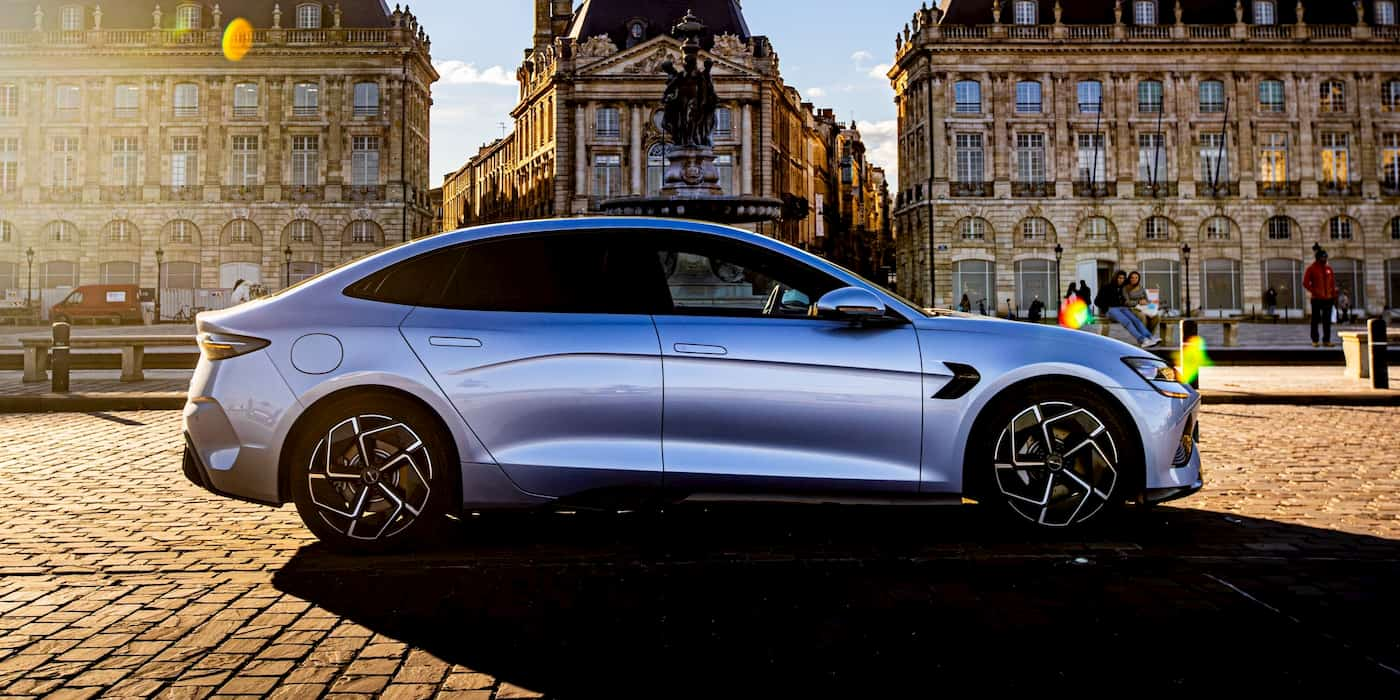
China’s BYD will challenge automakers in Europe with plans to triple its share in the EV market by 2025. After dominating its home market, BYD is expanding its brand overseas.
BYD plans to expand EV market share in Europe
BYD began selling vehicles in Europe in 2021, starting in Norway. Last year, the company sold 15,644 electric cars in the region. According to global data collection firm DataForce, that would give it a 1.1% share of Europe’s EV market.
However, the company is “just getting started” in the region, says Europe CEO Michael Shu, and expects to ramp up sales quickly.
In a new interview with Automotive News Europe, Shu said BYD is discovering “how Europeans respond” to the brand’s tech, products, and services. Europe is much different from other key auto markets like China or the US, with several legislations and languages.
Although Shu said increasing sales will take time, it expects to gain EV market share in Europe this year.
BYD aims for a 5% share of EV sales in Europe, even before production begins in Hungary. Shu confirmed the plant will start producing vehicles before 2026. The facility will build electric cars with battery packs built in Hungary.
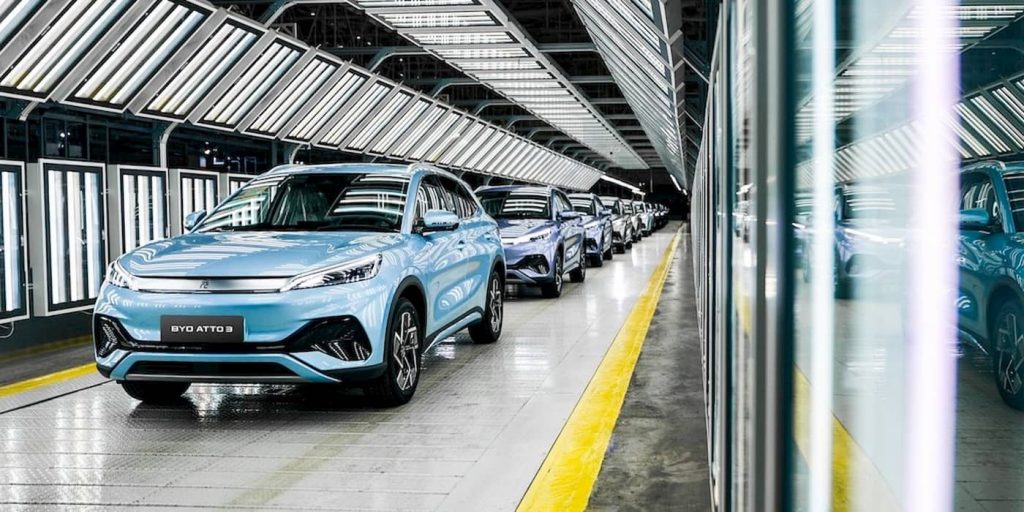
EVs built in Europe for Europe
BYD’s Europe leader said once production begins in Europe, “we will be closer to customers, offering faster deliveries, and people will trust us more.” Shu explained, “It will be Europe for Europe.”
The Hungary plant will be able to build 150,000 vehicles a year with the ability to double output to 300,000 eventually.
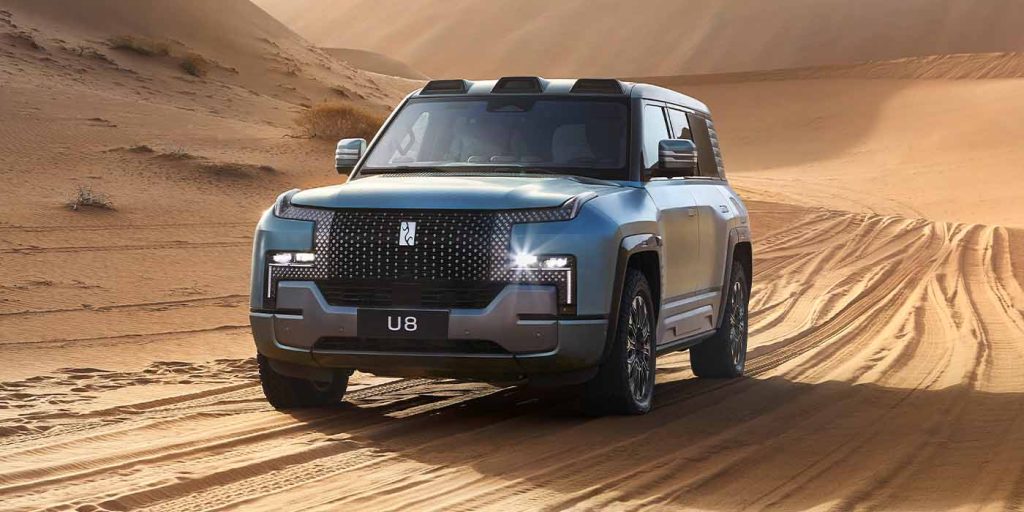
Shu said BYD’s “product is premium, our price is mainstream, so we call this affordable premium.” BYD showcased luxury models like the Yangwang U8 off-roader at the Geneva Auto Show, which Shu said the company is “testing the market reaction.”
BYD’s next-gen EVs and PHEVs are set to hit the European market, starting with the Seal U this year.
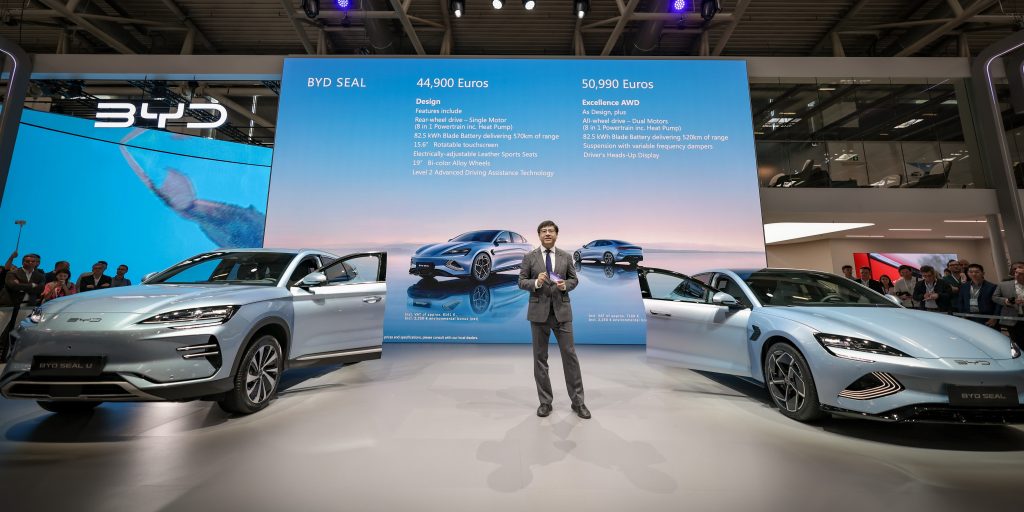
The BYD Seal U will rival Volkswagen’s ID.4 with up to 310 mi (500 km) WLTP range and quick charge (30% to 80%) in 26 minutes. Despite just adding a “U” to the name, the electric SUV has little in common with the current Seal EV sedan as it’s designed specifically for Europe on a new platform.
BYD’s Atto 3 was its best-seller by far in Europe last year, with 12,363 models sold. The BYD Dolphin was second with 1,079, followed by the Tang (1,055), Han (849), Seal (284), and Seal U (11).
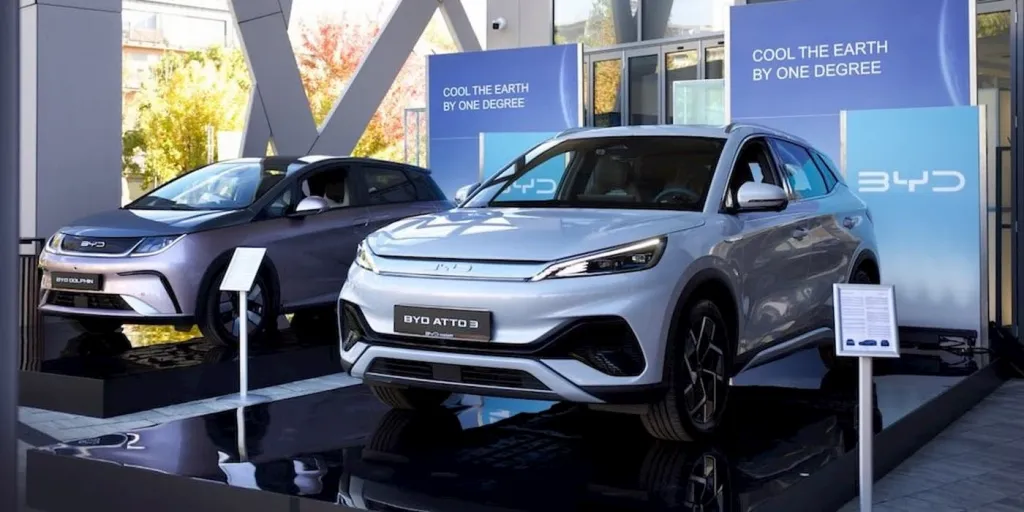
Electrek’s Take
Although BYD has not participated in Europe’s EV price war (yet), the automaker has started its own “liberation battle” against gas-powered vehicles.
BYD has slashed prices over the past few months, introducing drastically lower-priced versions of its best-selling models.
The Atto 3 (Yuan Plus) now starts at $16,644 (119,800 yuan) in China. BYD revealed its new Dolphin EV Honor Edition, starting at $13,900 (99,800 yuan). It’s cheapest EV, the Seagull (Dolphin Mini) is even more affordable with an Honor Edition, starting at $9,700 (69,800 yuan).
Top comment by Martin
A big step towards credibility would be joining ACEA. Right now there is no easy way to find reliable registration data for the EU, because BYD like all Chinese manufactures is not a member of ACEA.
A new report claims BYD is working on its next-gen 4.0 platform that will lower costs further, promoting even cheaper electric cars.
BYD’s main goal of the “liberation battle,” is to take market share from gas-powered cars while driving EV adoption.
Contrary to many reports, BYD sees Tesla as an industry peer. Although they compete in some markets, “We are two very different animals,” Shu explained.
The company’s first cargo transport ship, BYD Explorer No.1 landed in Germany last month with around 3,000 vehicles ready to roll out across Europe as it looks to expand in the region.
FTC: We use income earning auto affiliate links. More.



Comments